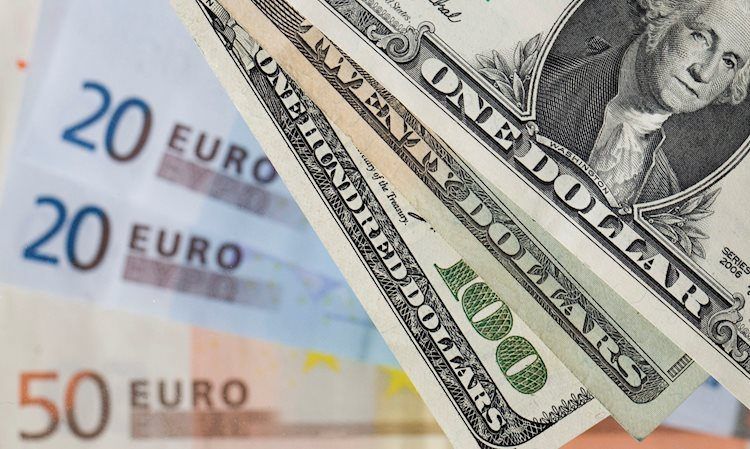EUR/USD continues to rise above 1.0780 as market sentiment improves, driven by expectations for interest rate cuts by the European Central Bank (ECB) starting in June. Investors have priced in a reduction of 70 basis points (bps) in interest rates this year, compared to the Federal Reserve (Fed) which is expected to start cutting rates in September. This has led to a positive outlook for the Euro against the Dollar.
This week, the Euro will be influenced by the Eurozone Q1 preliminary Gross Domestic Product (GDP) data and the US Consumer Price Index (CPI) data for April. The Eurozone GDP data is expected to show steady growth, providing insights into the economic outlook for the region. On the other hand, the US CPI data will impact market expectations for Fed rate cuts, with economists predicting a decline in headline and core inflation rates for April.
Investors are eagerly awaiting the US CPI data for fresh guidance on the Fed’s interest rates. The CME FedEWatch tool indicates a 61% chance of interest rate cuts from the current range of 5.25%-5.50%. Before the CPI data, attention will be on the US Producer Price Index (PPI) data for April, which will indicate price movements of goods and services. The US Dollar Index (DXY) is subdued near 105.30, with recent pressure on the Dollar following an increase in Initial Jobless Claims that dented confidence in the US labor market strength.
Technically, EUR/USD is trading close to the 200-day Exponential Moving Average (EMA) near 1.0800, recovering from Friday’s losses. The currency pair is approaching the downward-sloping border of a Symmetrical Triangle pattern, indicating a volatility contraction. The 14-period Relative Strength Index (RSI) suggests indecisiveness among traders, with the range bound between 40.00-60.00.
The Consumer Price Index (CPI) ex Food & Energy (YoY) is a key economic indicator that measures inflation trends by tracking the prices of goods and services over time. The YoY reading compares prices in the reference month to the same month a year earlier, offering insights into price pressures. Excluding food and energy components provides a more accurate measurement of inflation. A high reading is bullish for the US Dollar, while a low reading is bearish. Investors closely monitor CPI data for economic trends and potential policy implications.









